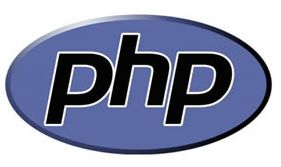With immediate effect, all Starter Hosting accounts will have their storage allowances upgraded to a massive 10GB. And there’s no catch, no price increase. This really is a free upgrade.
Our datacentre expansion and server upgrades have allowed us to offer this additional resources and we thank you for your patience during the upgrades that have taken place. And there’s more…
The following resources will also be increased:
- Mailbox size increased to 1GB (from 250MB)
- Mail accounts increased to 100 (from 10)
- Forwarders increased to 100 (from 10)
- Aliases increased to 100 (from 10)
Will my existing accounts be upgraded?
Yes. All existing accounts will be upgraded. In fact, by the time you read this email your account upgrade will already be complete. You can make use of the additional resources immediately.
Ok, what’s the catch?
There is no catch. The new resource levels form part of our new hosting plan offers. The price levels remain exactly the same. If it’s good enough for new customers then it’s good enough for our valued existing customers!
What do I do now?
Nothing! Simply enjoy your new resource levels and have a great day!
P.S. If you really would like to help us, please leave a detailed review of your experience with us – it REALLY helps!
Review Centre: http://www.reviewcentre.com/add-152922.html
Thank you so much for your custom,
With Kind Regards,
The UKC Customer Service Team
https://www.uk-cheapest.co.uk


 By default, all hosting accounts are provide with the latest revision of PHP 5.4.x. This is a stable version and has proven suitable for production use.
By default, all hosting accounts are provide with the latest revision of PHP 5.4.x. This is a stable version and has proven suitable for production use. Apache Error: (98) Address already in use
Apache Error: (98) Address already in use